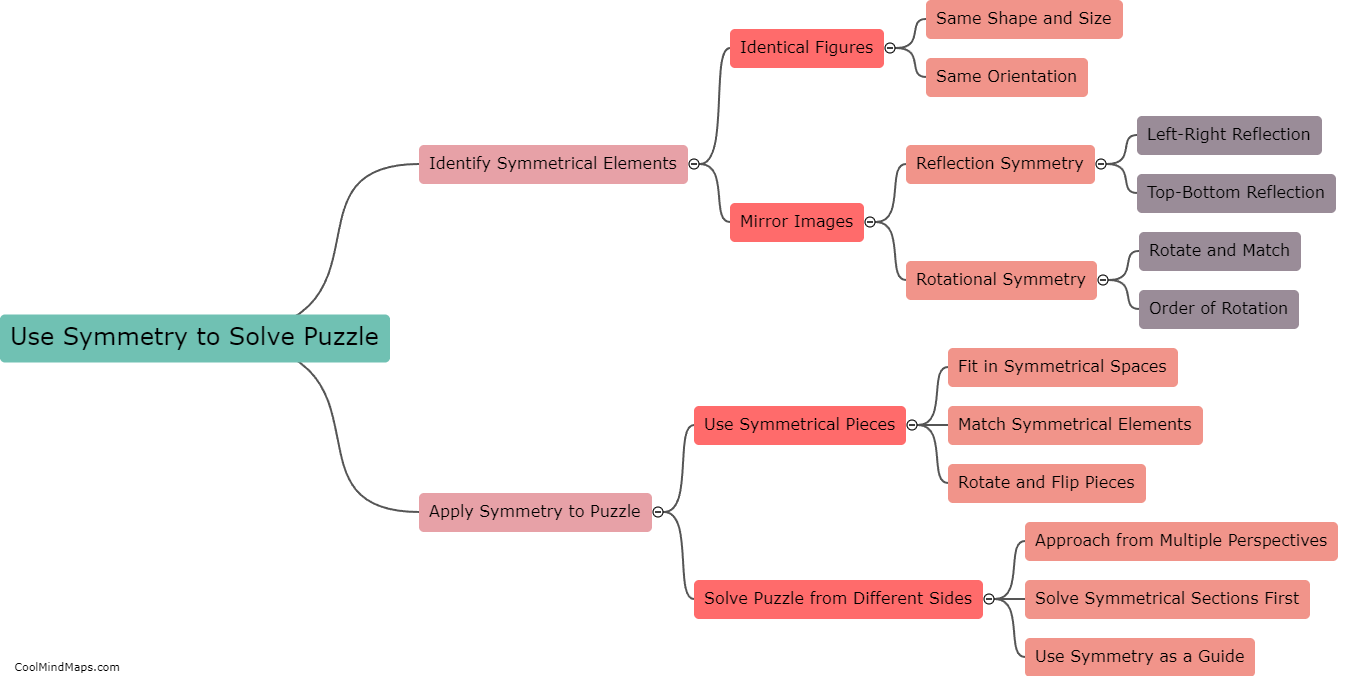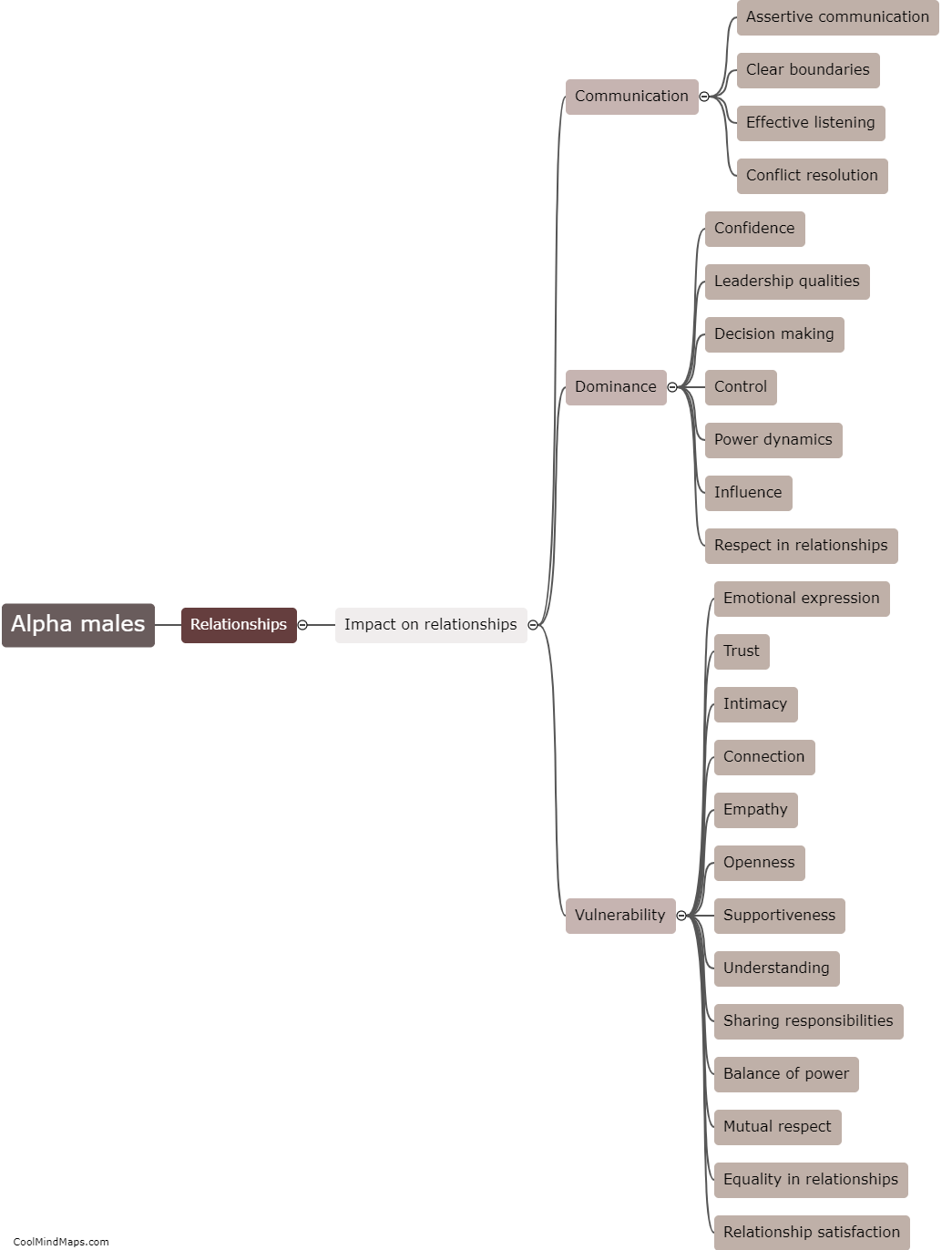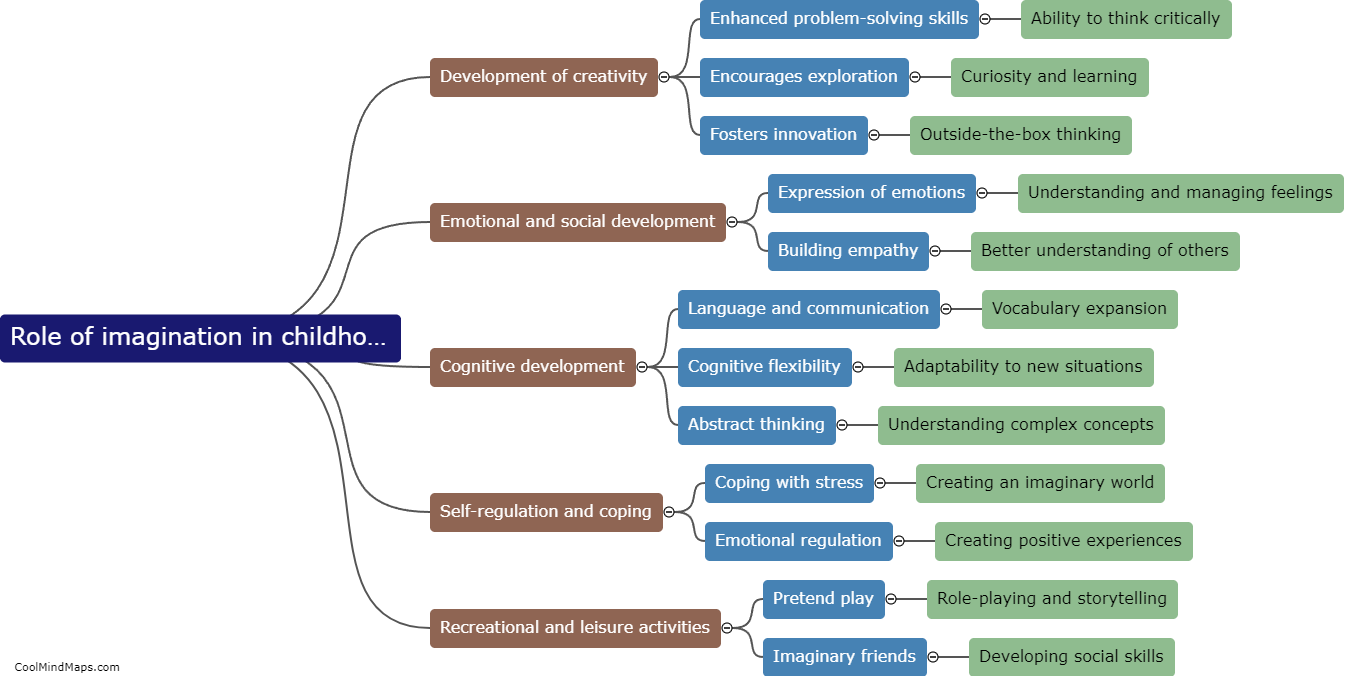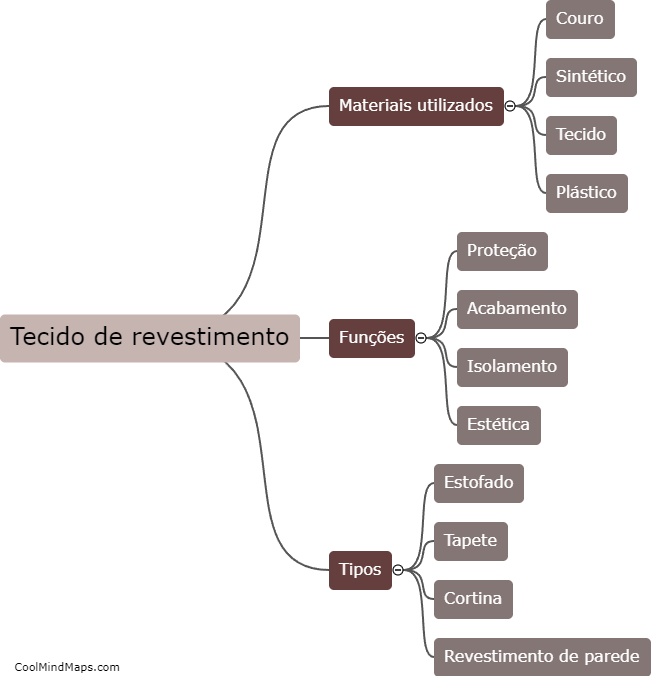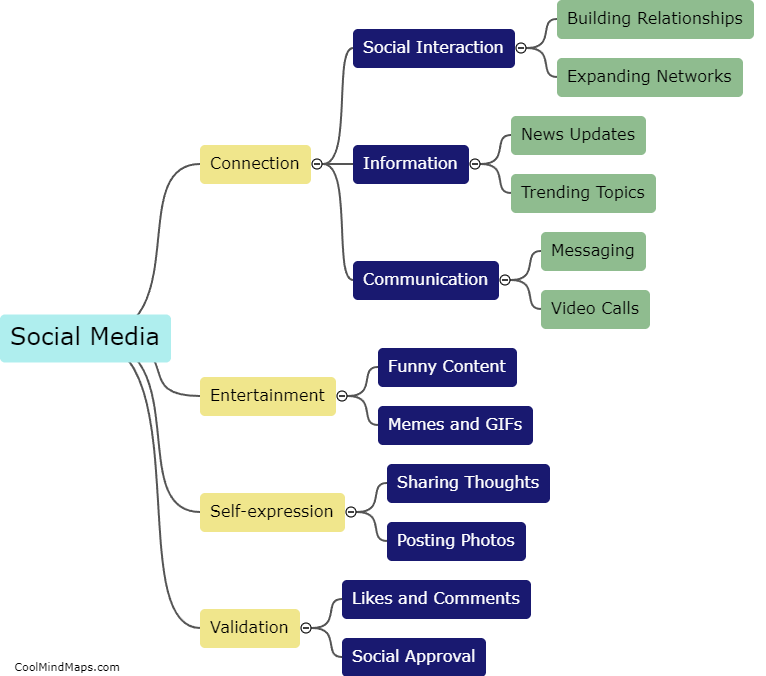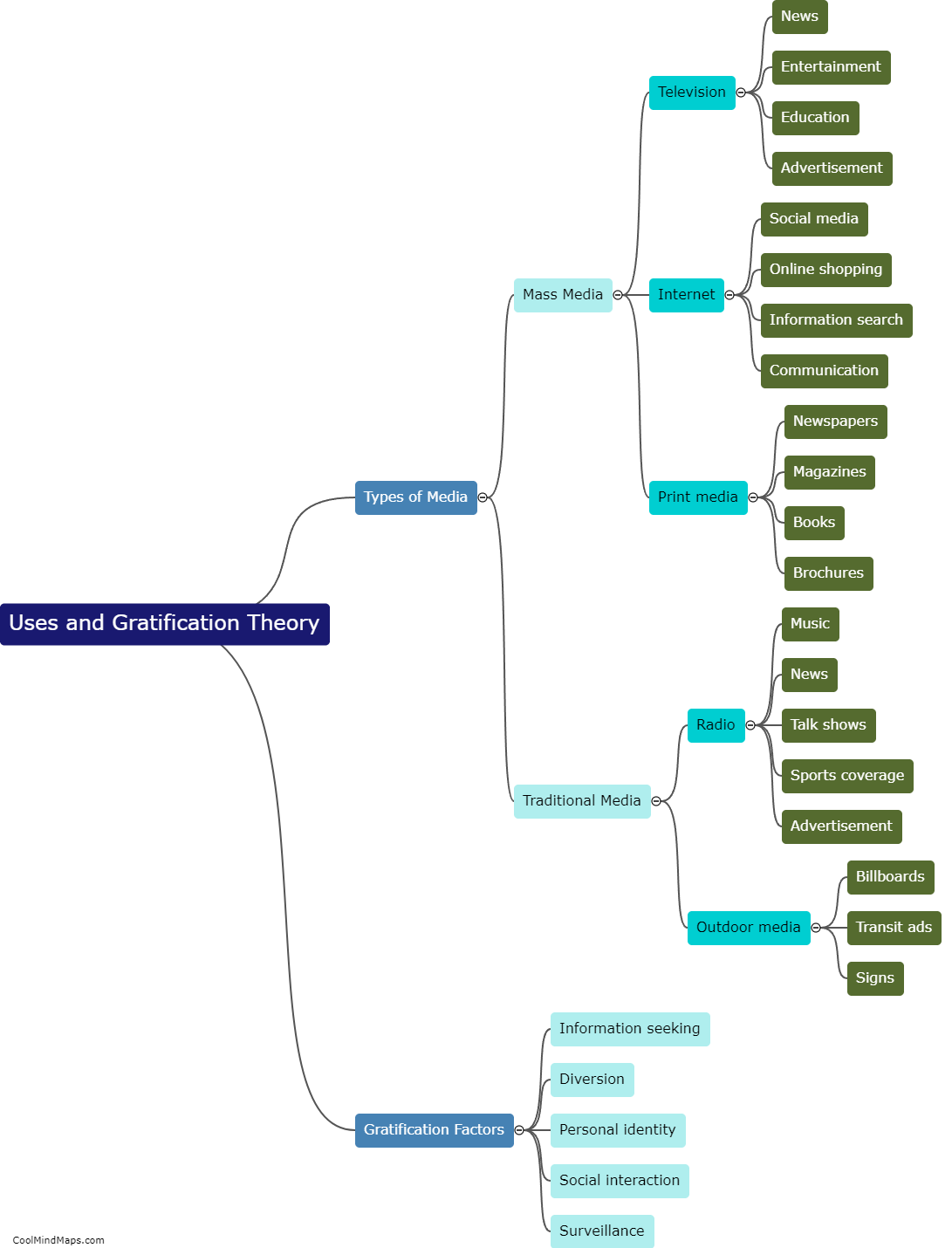What are the steps involved in sentiment analysis on social media data?
Sentiment analysis on social media data involves several steps to extract meaningful insights from the vast amount of textual information. The first step is data collection, where relevant social media posts or comments are gathered using specific keywords or hashtags. Once the data is collected, the next step is data preprocessing, which involves removing noise, such as emojis, special characters, and punctuation, as well as normalizing the text by converting it into lowercase. The third step is text tokenization, where the text is split into individual words or tokens. After tokenization, the data is subjected to stop word removal, which eliminates common words, such as articles and prepositions that do not contribute much to sentiment analysis. The fourth step is feature extraction, where relevant features like n-grams, word frequency, or term frequency-inverse document frequency (TF-IDF) are calculated to represent the sentiment of the text. Finally, the sentiment of the text is determined using machine learning algorithms such as Naive Bayes, Support Vector Machines (SVM), or Recurrent Neural Networks (RNN). Overall, these steps provide a framework for sentiment analysis on social media data, enabling organizations to understand public opinion and sentiment towards their products or services.
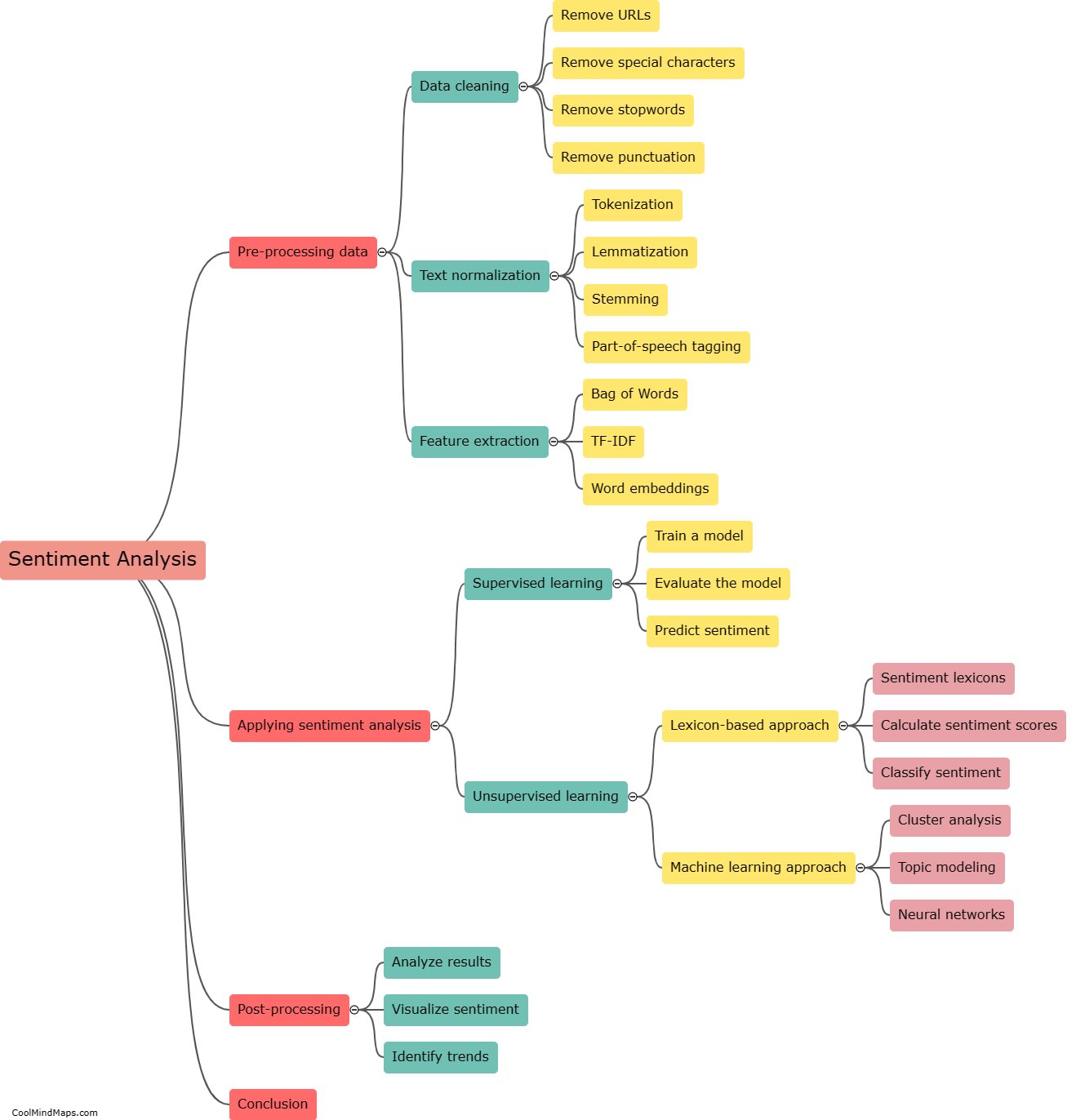
This mind map was published on 13 September 2023 and has been viewed 130 times.
